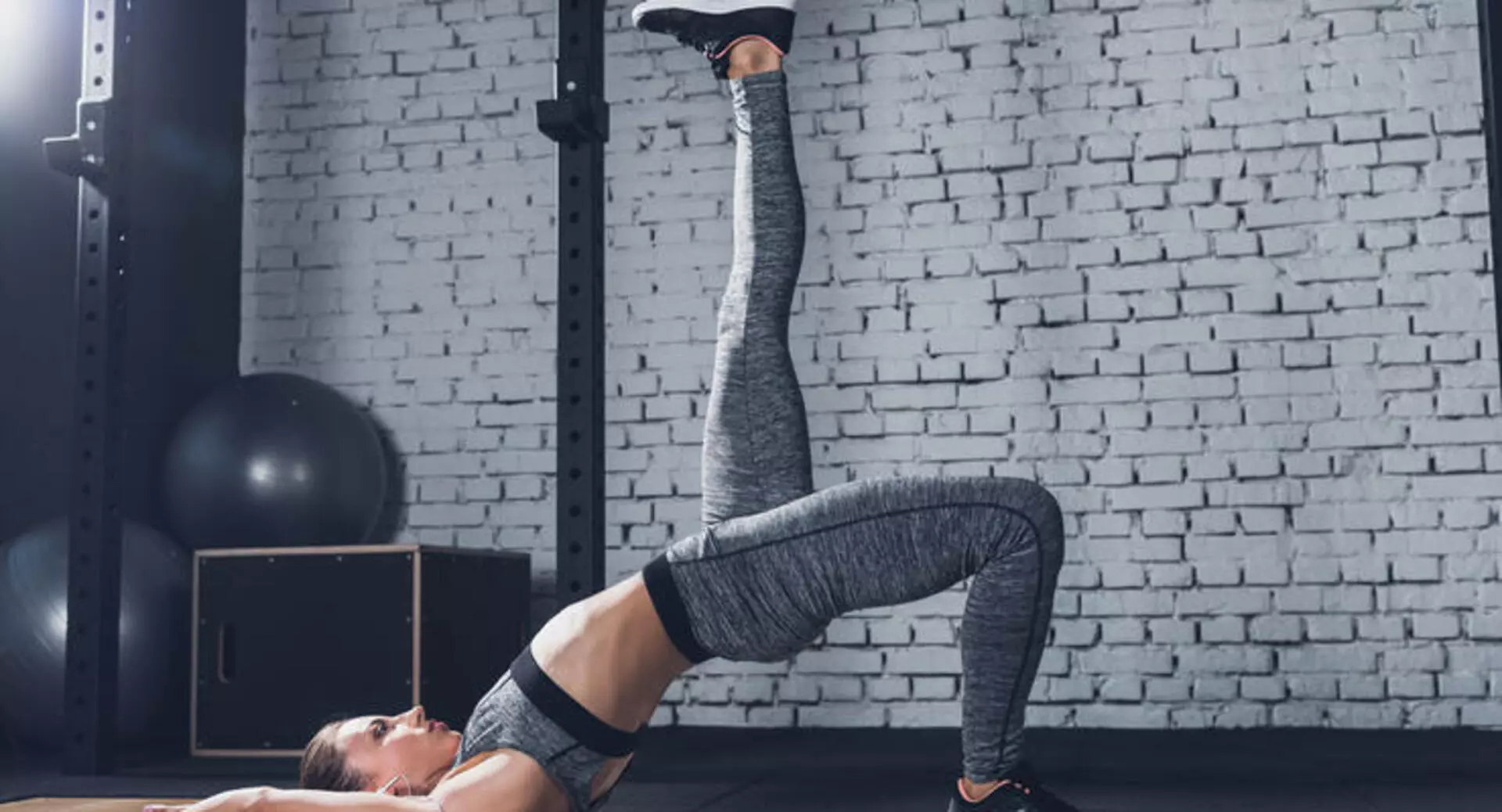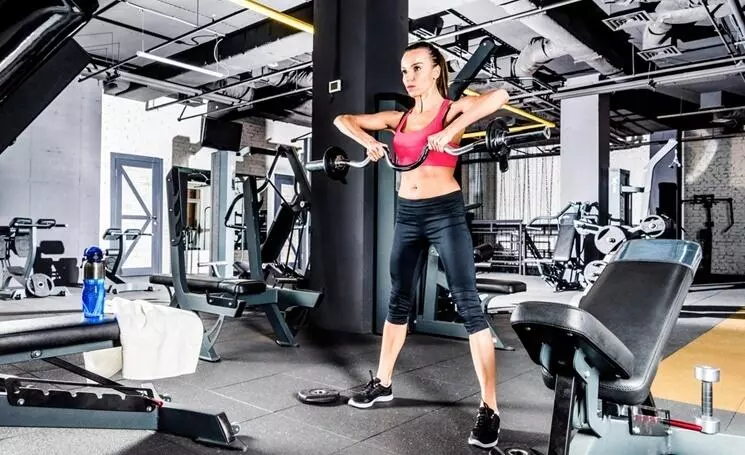Annotation: To better understand the material, the following report is divided into subsections

lower leg muscles
There are three muscles that belong to the tibialis anterior muscle group and have extensor functions: the tibialis anterior muscle, the finger extensor muscle and the thumb extensor muscle. The tibialis anterior muscles, which are located in the front part of the shinbone, attach to the bones of the foot, especially to the toe phalanges (toe extensors). These muscles are separated laterally from the lateral calf muscle group by the intermuscular septum of the anterior calf. The muscles of the tibialis anterior group attach to the lateral surface of the tibia and to the intercondylar membrane of the tibia posteriorly.
The tibialis anterior muscle (an. (tibialis anterior) Long, tapering downwards, located superficially and ikosa-medially.
Introduction: From the lateral process and the upper half of the lateral surface of the tibia and from the upper part of the bridge between the patella and the tibial fascia.
The muscle is directed from top to bottom and borders laterally on the rectus longus muscle of the fingers (above) and the rectus longus muscle of the thumb (in the lower shinbone). At the level of the lower third of the tibia, the belly of the tibialis anterior muscle merges into a long, thin and flat tendon, which runs inwards in the joint sheath in front of the ankle joint under the upper and lower retention of the extensor muscle.
Fixation: The tendon muscle surrounds the medial edge of the foot and attaches to the ankle surface of the medial sphenoid bone and to the base of the 1st leg. Below the tendon at the point of insertion is the Subtendinous pocket of the tibialis anterior muscle (Bursa subtendinea musculi tibialis anterioris).
Function: Stretches the foot in the ankle joint and leads it into divergence (supination), lifts the edge of the metatarsal and rotates the foot outwards, strengthens the longitudinal arch of the foot. When the foot is stationary, the shin bone tilts forward and helps keep the body upright.
vascular supply: Anterior tibial artery.
How to combine muscle groups in training
When exercises for one muscle group are replaced by loads for other muscle groups, each subsequent exercise has about 30 % less energy than the previous one. Therefore, it is common to train the large muscle groups first (e.g. the back), followed by 1 or 2 small muscle groups (e.g. shoulders and biceps). Advanced athletes also combine two major muscle groups (e.g. back and legs), but the latter group is trained 'lightly' - with light weights - in training.
'This approach allows you to pay maximum attention to each muscle group on the days when you put them at the center of your training,' explains Dmitry Lapkin. – explains Dmitry Lapkin. – This also minimizes the risk of overtraining. If you've trained a lot with the first set of exercises, you don't have to repeat them over and over again to train the other muscle groups as hard and fully as possible.
This way, dividing muscle groups over different days is less strenuous and time-consuming than training all muscle groups in one session. At the same time, the progress is even better thanks to the balanced distribution of the load. This is practical for working people who have a lot to do besides the gym.
Train muscle groups throughout the day

The classic training plan calls for 3 training sessions per week, each with 1 large and 1 small muscle group. The exception is the bench press: it is not included in the program as a separate muscle group. Typically you do 1-2 exercises at the end of each training session or twice a week.
'The abdominal muscles – rectus abdominis and oblique abdominis – have a fairly limited contraction amplitude,' says Dmitry Lapkin. – Their function is to bend and tilt the body, and the ability to bend the spine is quite limited compared to, for example, the knees or elbows. Because of these anatomical features, the abdominal muscles tire less and recover better, so they can be exercised safely every day. Of course, this also applies to local abdominal exercises that do not involve the legs, back or shoulders in the starting position.
3 workouts per week: Example I
- Day 1: Legs + Arms.
- Day 2: Rest.
- Day 3: Chest + Triceps.
- Day 4: Break.
- Day 5: Back + Biceps.
- Day 6 and 7: Break.
The first day can be any day of the week. However, if you start on a Monday, you will have Saturday and Sunday free to spend with your family or devote to cardio training.
The first day is based on the principle of unconnected muscles - the muscles of the hips, glutes and shoulder muscles (deltoids) are practically unconnected and do not support each other in work. This allows us to train both groups. First we do squats, lunges, leg presses and leg raises. Then we do squats, dumbbell curls to the side and forward. The delts have a huge impact on the harmonious appearance of your body, so they should be included in the program.
On the second day we combine agonist muscles, that is, muscles that support each other in work. Almost all chest exercises involve the triceps. This includes all types of push-ups, barbell and dumbbell presses, and other movements that involve pushing the weight away from you (or using your hands to release the support). Therefore, in the first part of the training we will heavily load the pectoral muscles and lightly load the triceps with floor push-ups, barbells, barbell and dumbbell presses. We then complement the triceps with isolated curls with dumbbells or on an exercise machine.
Anatomy of the leg muscles: Atlas
When it comes to building the muscles of the lower limbs, the anatomy of the leg muscles. 4 the most important groups:
In the picture the whole thing looks like this (clickable).

Most leg muscles are long muscles that stretch over long distances. When these muscles contract/relax, they move the skeletal bones, giving the body various movements. The small muscles support the large muscles in stabilizing and rotating the joints and aid in posture and balance.
As you may remember, in previous articles I introduced a concept like the 'Latin Anatomical Atlas' - which names the muscle groups by their original names. For the leg muscles, this atlas looks like this (clickable).

Now let's look at the most important large muscle groups individually.
№1. glutes (glutes)
Glutes – the most popular training group among young ladies. Knowing her anatomy will give you a firm and shapely butt :). The gluteal muscles consist of:

The anatomy of the leg muscles is qualitatively unthinkable without the gluteus maximus muscle. It is responsible for the shape of the 'butt' and is the largest muscle not only in the legs but in the entire body. The attachment points of the gluteal muscles are relatively complex - each muscle head arises from the hip bone, the dorsal surface of the sacrum/ankle and 'butts' against the femur, the iliotibial band. The gluteus medius and gluteus minor lie below the gluteus major, giving the glutes a tighter shape through exercise.
Anatomy of leg muscles: how to train them correctly
Tc The legs are the largest muscle group with which a significant increase in muscle mass can be achieved. However, to do this they need to be well trained, know some of their anatomical features and practically train chips.
Remarks:
The main general recommendation for training your legs is to dedicate one day per week to them and work exclusively on them. And for mass gain (men) start with core exercises and for women with lag groups
The gluteal muscles have an interesting property, namely that they consist of two halves. 3-two heads. The main contributor to the shape is the gluteus maximus, the other two have an additional effect that enhances their roundness. Therefore, train all three parts, paying particular attention to the gluteus maximus.
- Deep squats with a barbell on your shoulders;
- Walking lunges with a barbell on your shoulders;
- Gluteal bridge lifts with a barbell on your stomach;
- Leg press (with feet in a high position on a platform) .

№2. front thighs
Since this muscle group is one of the largest, you can't grow it with leg curls alone, but needs compound exercises, pre-fatigue and free weights to stimulate growth.
The best exercises for the muscles of the front of the thigh
- Squats with a barbell on your chest (frontal squats);
- Classic leg press on a pulley machine;
- Alternating leg extensions in a squat.

- The muscles that move the foot.
- The flexor muscles of the foot.
- Exercises for the triceps tibialis muscle.
- Lift your heels off the floor during the squat.
- muscles in the legs.
- muscle work while running.
- Tibialis posterior muscle.
- How muscles and bones are related.
